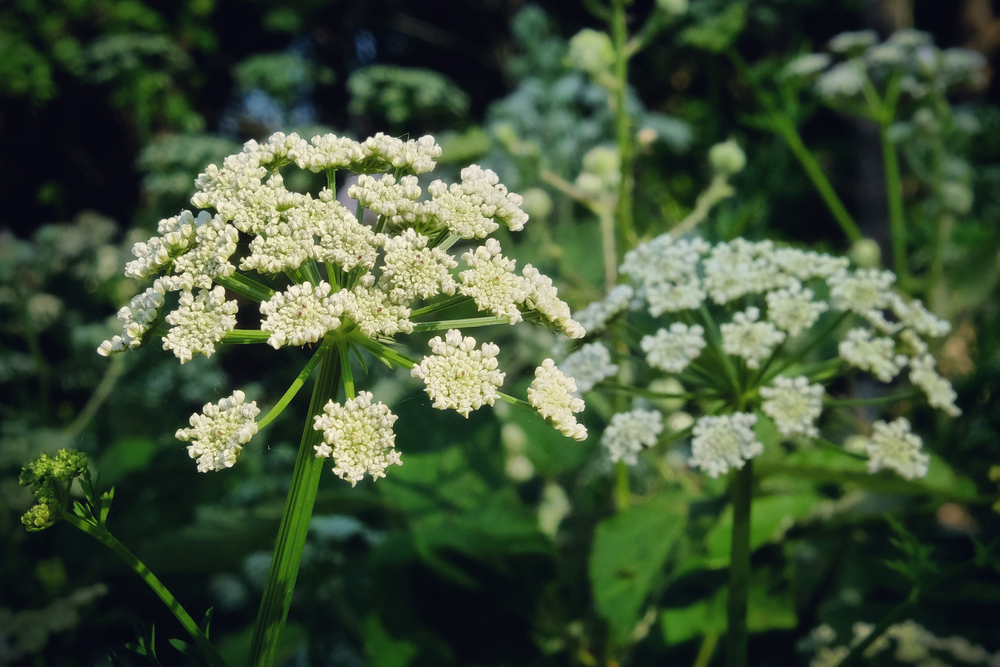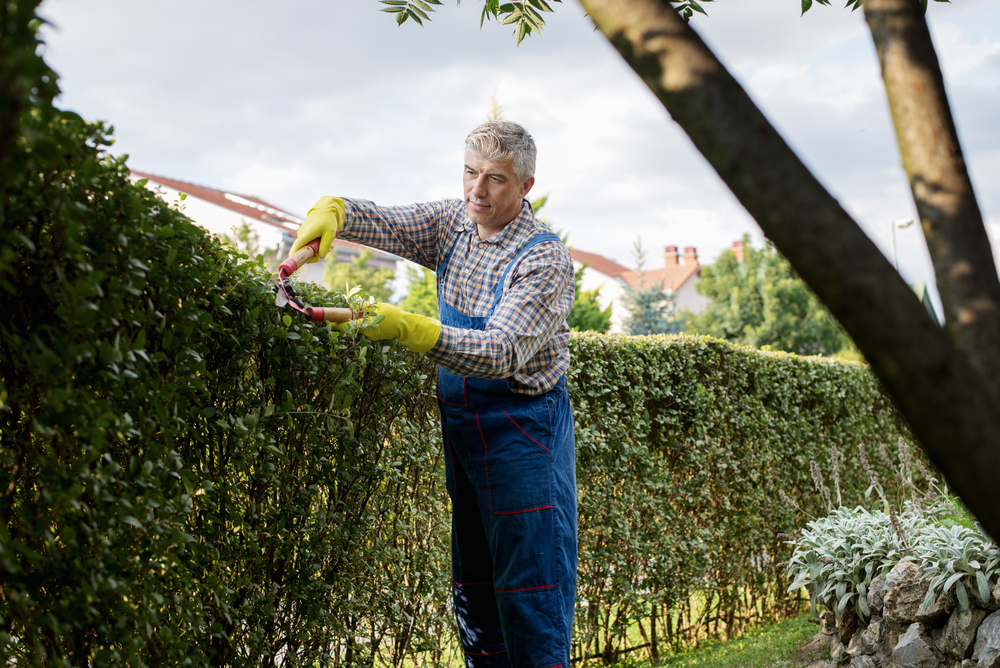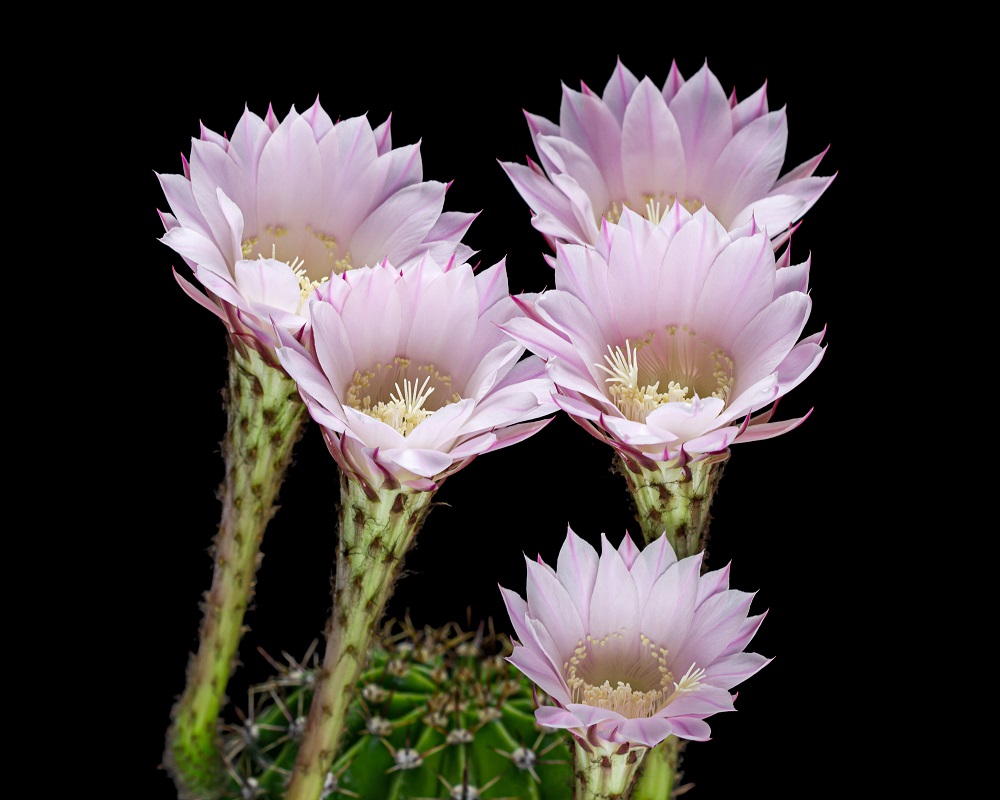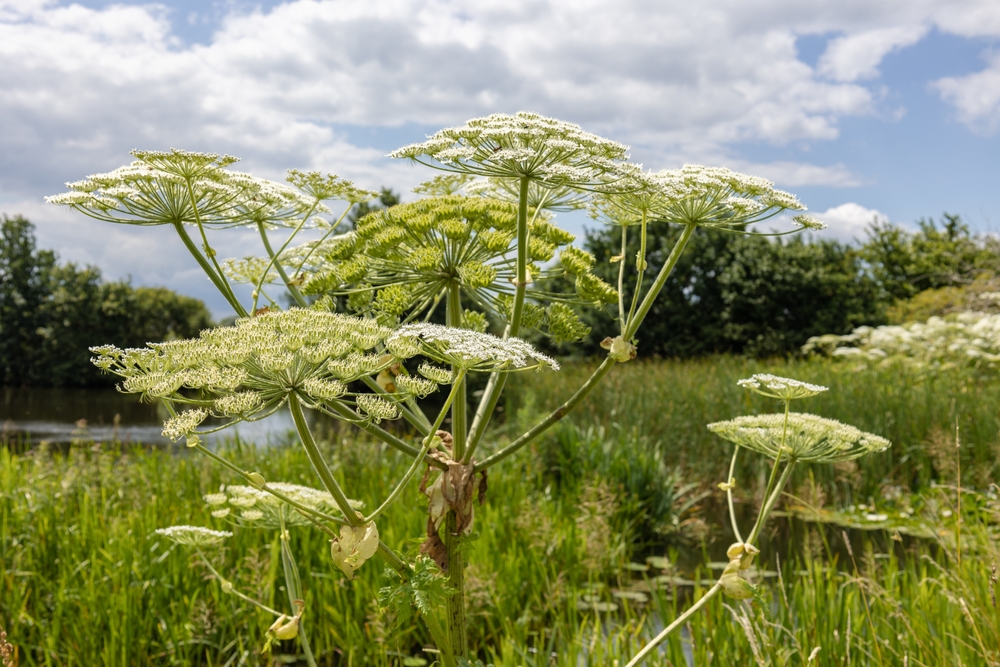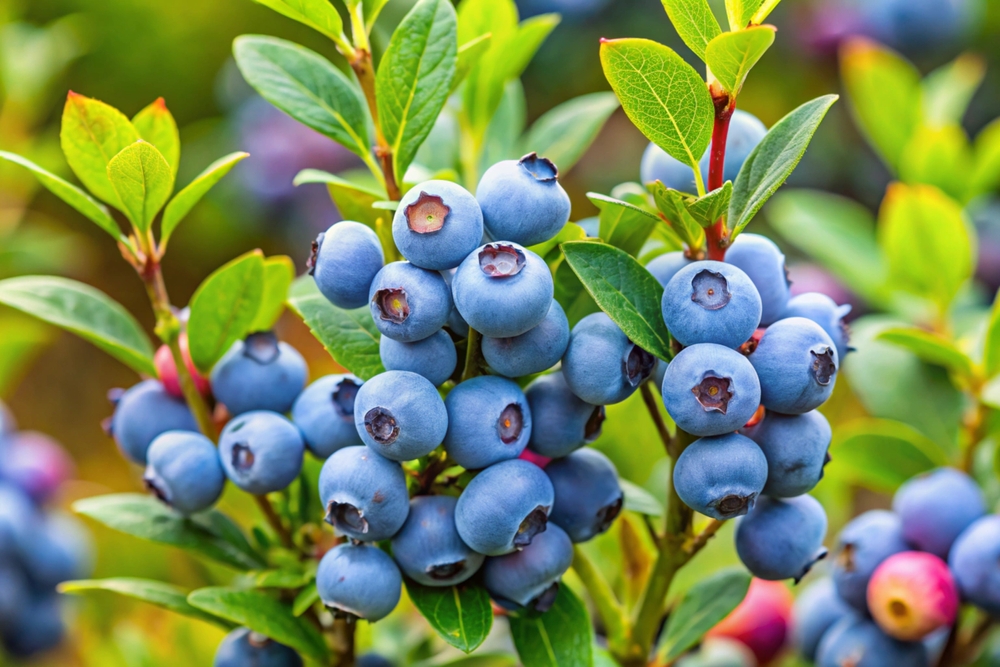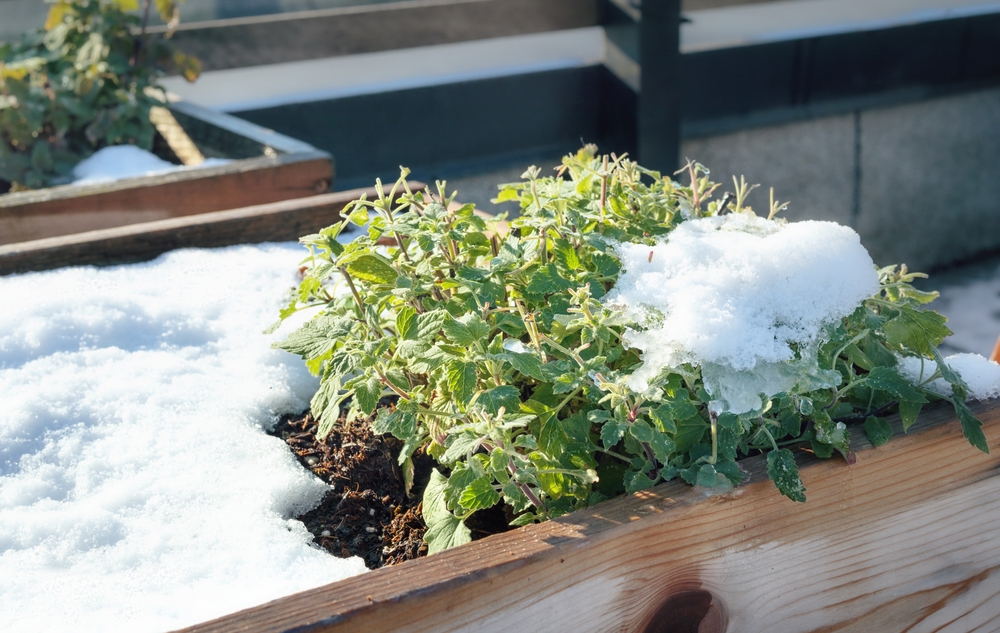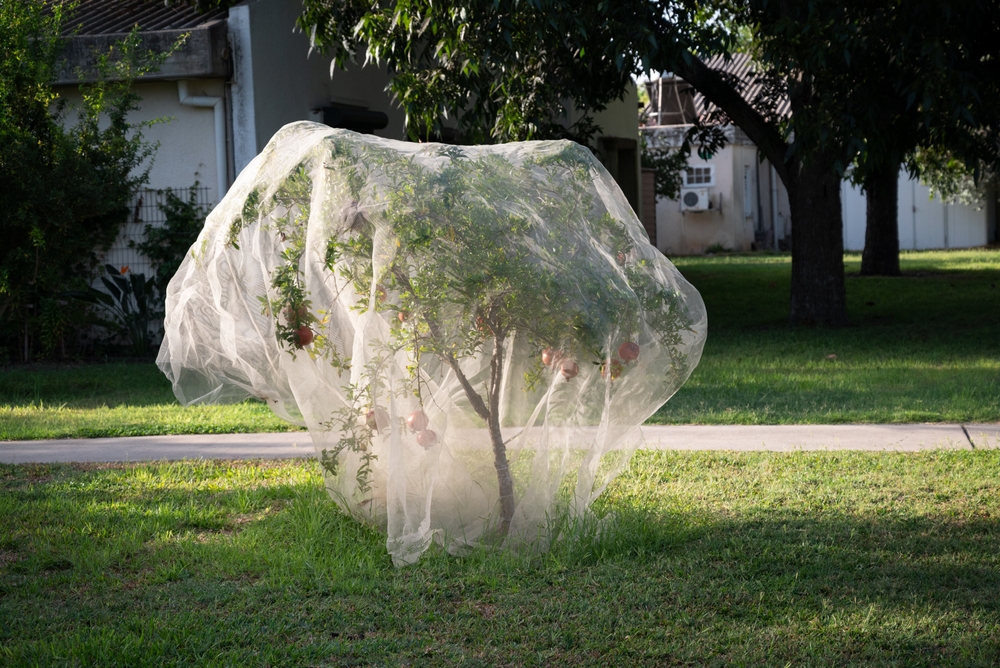Have you been spending your summer wondering how to keep your grass as green as it gets? If so, then maybe it’s time to consider a couple of non-grass alternatives. One of my all-time favorites, as a professional horticulturist, is clover.
You can easily replace grass with a full clover lawn. I know you might think of it as a weed, or maybe as a St. Patrick’s Day symbol at best. But today, I’m about to change your perspective. This low-maintenance ground cover plant is a wonderful pick for many homeowners out there who don’t want to fuss with constant watering, fertilizing, or even mowing their lawns.
I know you might be seeing it in your own area way more often, and that’s mainly due to all the current trends among homeowners who decide to go for non-grass lawns. With that being said, it’s not an ideal fit for every landscape or homeowner, so it’s fairly important to do your research. Here’s how you can install and maintain your lawn:
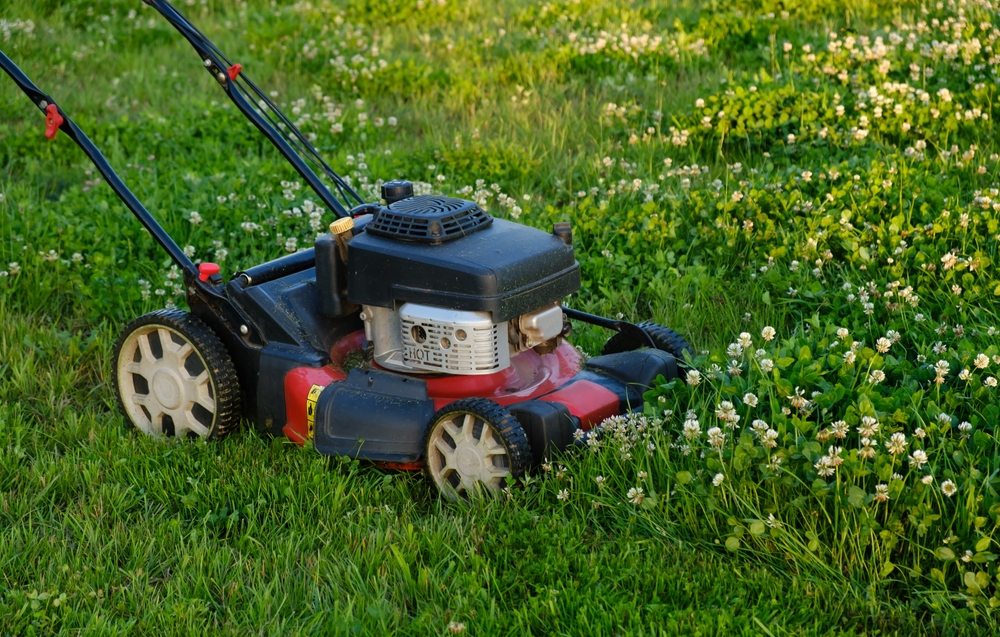
What are clover lawns?
Clover lawns are basically lawns that are planted with clover instead of the old-school turfgrass. There’s a wide range of lawns, and they’re mainly based on the type of clover you want, as well as the type of coverage you wish for.
You can easily choose clover to cover an entire expanse of lawn, or you might prefer to grow it in a mixed medley as one component of other plants that would comprise a lawn, like conventional turfgrass and other types of groundcovers. As a general rule, it offers a lot of bang for the buck when you decide to go with the right fit for your landscape.
What are the pros of such lawns?
Clover lawns benefit pollinators
Pollinators adore clover flowers. I know you might not have thought of having a lawn that also makes flowers, but this would definitely represent a plus for many people who decide to go with a clover lawn.
Depending on the type of species or cultivar you choose, you will see flowers in shades of red, pink, lavender, or white in spring and summer. Individual clover blossoms aren’t exactly as flashy as other flowers you would normally grow in your garden beds.
However, they’re so profuse that an expanse of clover in bloom is definitely a sight to remember. Besides, just wait until you actually see the visitors that come to the flowers for a sip of that nectar. Expect anything, from butterflies, and moths, to bees.
These lawns are low-maintenance
Another huge plus when it comes to clover lawns is that you will save plenty of money by not having to buy as much nitrogen fertilizer, which is something conventional turfgrass eats 5 times a day. Well, maybe not that much, but you get the idea.
That’s also because clover has a certain ability to provide its own source of this nutrient through a well-known scientific process known as “nitrogen fixing.” Here’s the rapid version of this process: clover contains a symbiotic relationship with a bacterium found in the soil.
The bacterium converts nitrogen from the air into plant-usable nitrogen. From there, clover is then able to pull the nitrogen up from the soil through its roots. If you choose to grow clover interspersed in a turfgrass lawn, the nitrogen-fixing capacity of clover will automatically benefit the turfgrass that’s growing around it, because it boosts all its nutrients as well.
This natural method of fertilization might also improve the soil around it to enrich the soil that surrounds other plants in the lawn, such as trees, shrubs, and even flower beds. The nitrogen won’t travel across the lawn, as it’s not going to jump from one side to the other, but it might benefit the plants in close proximity to the clover. According to New Mexico State University, that clover might supply as much as 500 pounds of nitrogen per acre.
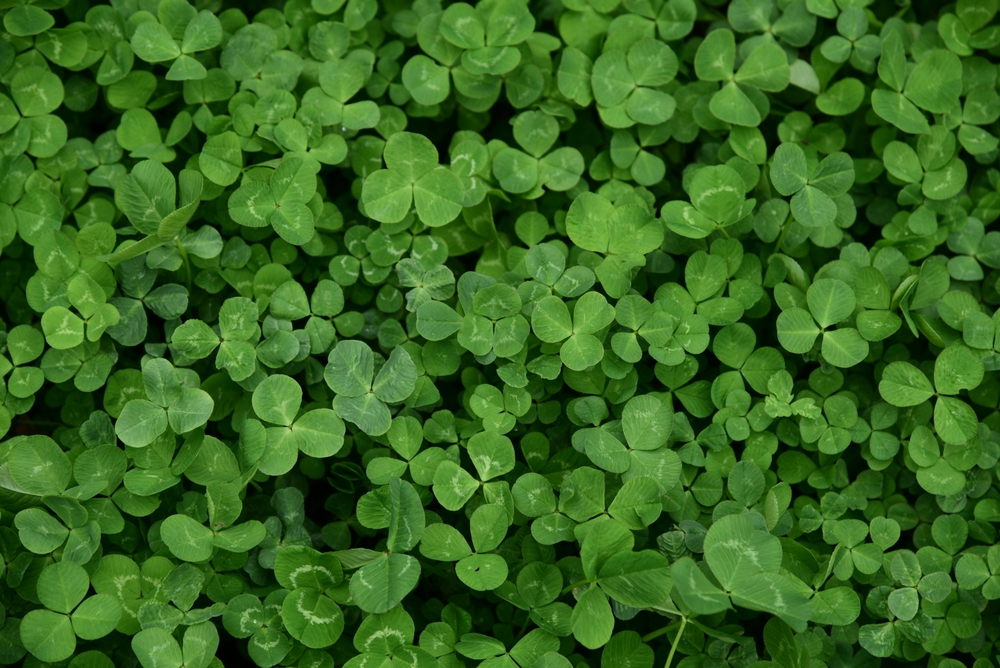
What are the cons of these lawns?
They needs plenty of sun
The amount of sun exposure is quite an important factor for any landscape plant, including turfgrasses. In this case, clover is no exception. If your yard is shaded, or simply receives a lot of shade, clover might not perform too well. It grows well in full sun, generally at least six to eight hours of direct sun every single day.
It needs water
Even if these lawns are fairly drought-resistant, they’re not extremely so. You will have to water that lawn during periods of low rainfall, especially when serious drought conditions come your way. Otherwise, the lush lawn will make you search for that four-leaf clover and make a wish to rain!
It is sensitive to herbicides
Make sure you’re cautious when using weed killers around the it, especially since its sensitivity to herbicides implies it’s easily killed by their use. What’s really interesting is the fact it cuts clover out from lawn seed mixtures: before the 1950s, clover seeds were quite commonly added to lawn seed mixtures.
However, they were eventually eliminated when homeowners started using weed killers to control other lawn weeds and continued killing the clover along with them.
It attracts bees
If you or someone you know in your household has a sensitivity to bee stings, then this type of lawn is not the best choice for you. The flowers are quite irresistible to most bee species out there, which makes clover a horrific choice for encouraging pollinators to visit your yard. Moreover, it’s not a great choice for the bee hazard it represents to people and other nosy pets.
Where can you grow this type of lawn?
Clover lawns are extremely cold-hardy. This basically means you can grow most types of lawns in USDA plant hardiness zones 3 to 11. With some other types of lawn grasses and many other ground covers used as turfgrass replacement options, it will slowly die to the ground in most climates during winter (except for those in frost-free areas).
It generally comes back from the roots in spring, but you might be able to find that there are some periods of time when your yard will look quite patchy and bare.
What types of lawns are available?
You might have to order seeds online, especially since they’re not always accessible at your local garden centers. If a no-mow option is among your priorities, try to look for “micro clover” types, which will keep a neater and shorter growth habit than larger plants.
Also, try to stay on the lookout for micro lawns known as Pirouette and Pipolina, specifically. You might recognize them in online catalogs and seed labels under their scientific names: Trifolia Repens “Pirouette” and Trifolia Repens “Pipolina.”
How do you plant this lawn?
Planting a clover lawn follows a very similar protocol as planting any other type of lawn. If you never started from scratch by planting a brand-new lawn before, here are some efficient guidelines:
- Remove the grass, weeds, and rocks from the intended planting area.
- rake the soil as smooth as you can.
- sow your seeds.
- cover the seeds with a mulch cover like a straw to help retain moisture.
- water the area thoroughly a couple of times every day until it is fully established.
If you found this article useful, we also recommend checking: 10 Ways to Stop Loitering in Front of Your House

